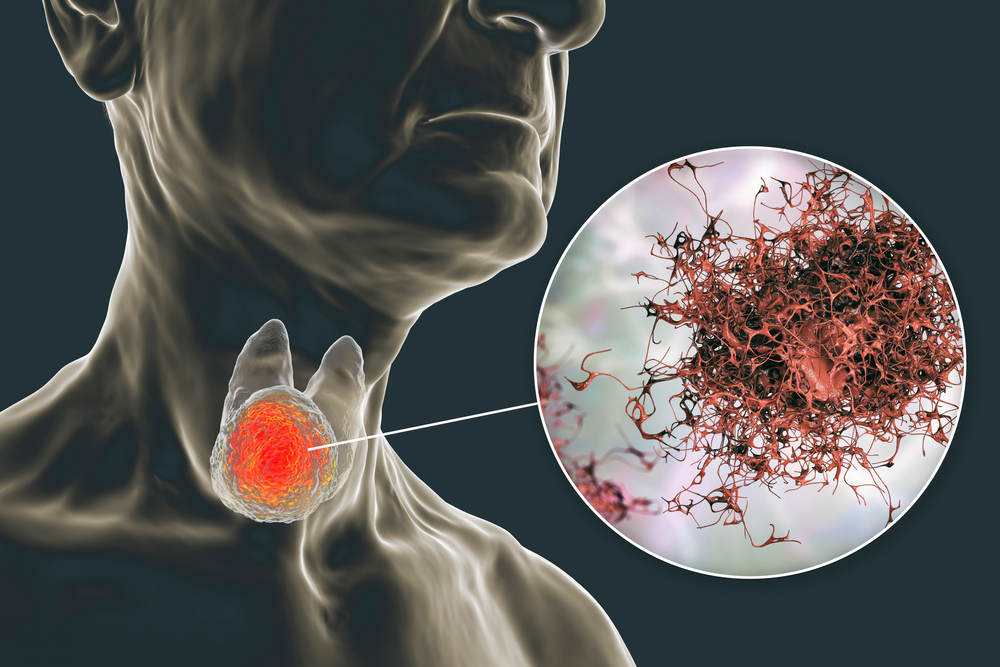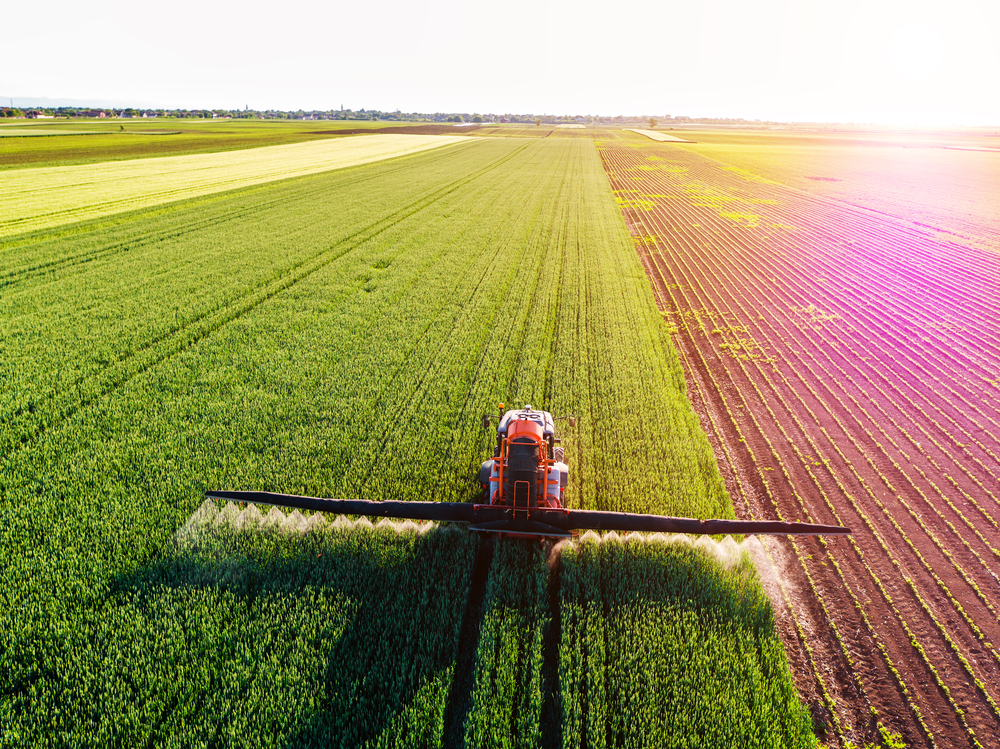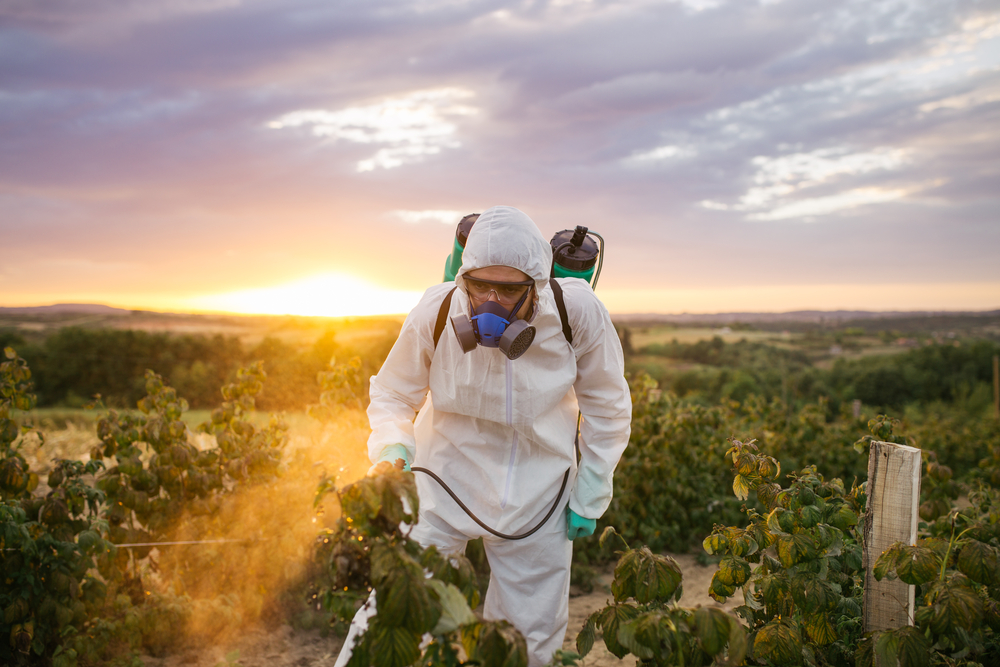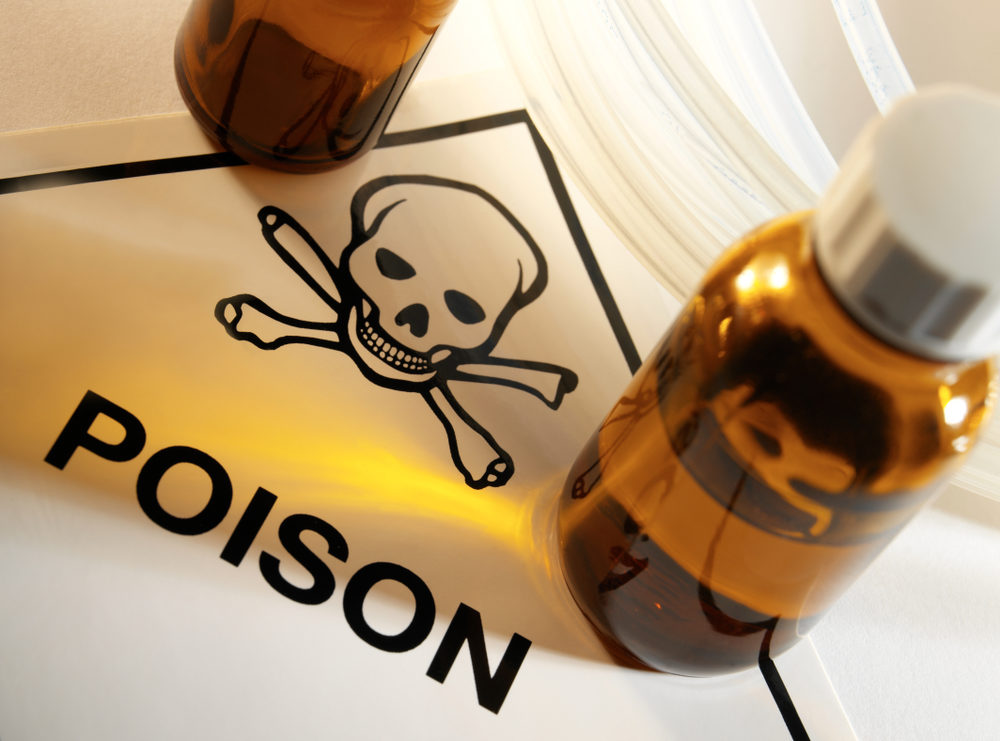Paraquat Exposure and Other Possible Causes of Parkinson’s Disease
Parkinson’s disease is a nervous system disorder that affects movement. Parkinson’s is a progressive disease with no known cure, leaving those diagnosed with various symptoms that decrease quality of life. About one million Americans are currently living with Parkinson’s disease. Over the next few years, that number is expected to increase.
Symptoms of Parkinson’s Disease
Parkinson’s involves a portion of the brain called the substantia nigra, which produces dopamine. Dopamine carries messages between nerves that control muscle movement and the brain’s reward and pleasure centers. As people age, cells in this region of the brain begin to die. This is a normal part of aging. However, when these cells die rapidly, this could be the beginning of Parkinson’s disease. Symptoms begin to emerge when an estimated 50-60% of cells in this region of the brain are gone.

The onset of Parkinson’s is different for everyone. In the early stages, there may be few evident symptoms. Commonly experienced symptoms include tremors or shaking, rigid or stiff muscles, slowed movement, impaired balance and posture, loss of automatic movements such as smiling or blinking and changes in writing and speech. If you or someone you love is experiencing these symptoms, consult a healthcare provider as soon as possible.
Causes of Parkinson’s Disease
There are a variety of potential interconnected causes of Parkinson’s, ranging from genetic to environmental factors. According to the Parkinson’s Foundation, approximately 10-15% of all diagnoses are genetic. While there are some commonalities in Parkinson’s patients, each person’s experience can be unique, making it challenging to diagnose and treat. A genetic component often indicates an increased likelihood of Parkinson’s development, not necessarily a foregone conclusion.
Parkinson’s and Paraquat Connection
Exposure to herbicides and pesticides is another potential cause of Parkinson’s disease. Agricultural workers who spent years applying paraquat and developed Parkinson’s disease have shown a troubling link between the disorder and exposure to the toxic substance.
Paraquat is a well-known, affordable herbicide that eliminates weeds, grass and other vegetation from agricultural fields and is widely used across the U.S, available only for industrial use. It is, however, banned in more than 30 countries, including China and the European Union, due to its toxicity. Those who use paraquat must first be certified during a training program offered by the Environmental Protection Agency (EPA). Even one sip of paraquat is enough to kill a healthy adult.
Despite this, in 2019, the EPA said they have “… not found a clear link between paraquat exposure from labeled uses and adverse health outcomes such as Parkinson’s disease and cancer.”
However, other data from multiple studies, including a Rotenone, Paraquat and Parkinson’s Disease study from 2011, highlights a correlation between paraquat exposure and the disorder. A recent study published in the 2020 Toxicological Sciences journal also suggests a link.
As evidence continues to grow on the connection between paraquat exposure and Parkinson’s, farmworkers continue to use paraquat on fields around the country. In 2019, a bill proposing a nationwide ban of paraquat, H.R. 3817 (116th), was introduced into Congress. Unfortunately, it never received a vote and died on the floor. The lives and health of those who use paraquat as part of their livelihood continue to be at risk – and many of its victims are fighting back.
Paraquat Lawsuits
Hundreds of paraquat lawsuits are pending across the U.S. against paraquat’s various manufacturers. Many of them were brought by plaintiffs who developed Parkinson’s disease after years of working closely with paraquat and allege that the manufacturers, particularly Syngenta, failed to warn the public about the known link between paraquat and the disease.
In June, over 100 paraquat lawsuits were consolidated into the U.S. District Court for the Southern District of Illinois in a process called multidistrict litigation (MDL). MDL simply means that all pretrial proceedings in all of the cases will go before one judge to streamline the process for the courts.
If they win their cases, plaintiffs can expect compensation for medical and funeral expenses, lost wages, pain and suffering and punitive damages. But it’s important to remember that all states have a statute of limitations, meaning after a certain number of years, you waive your right to file a claim.


















